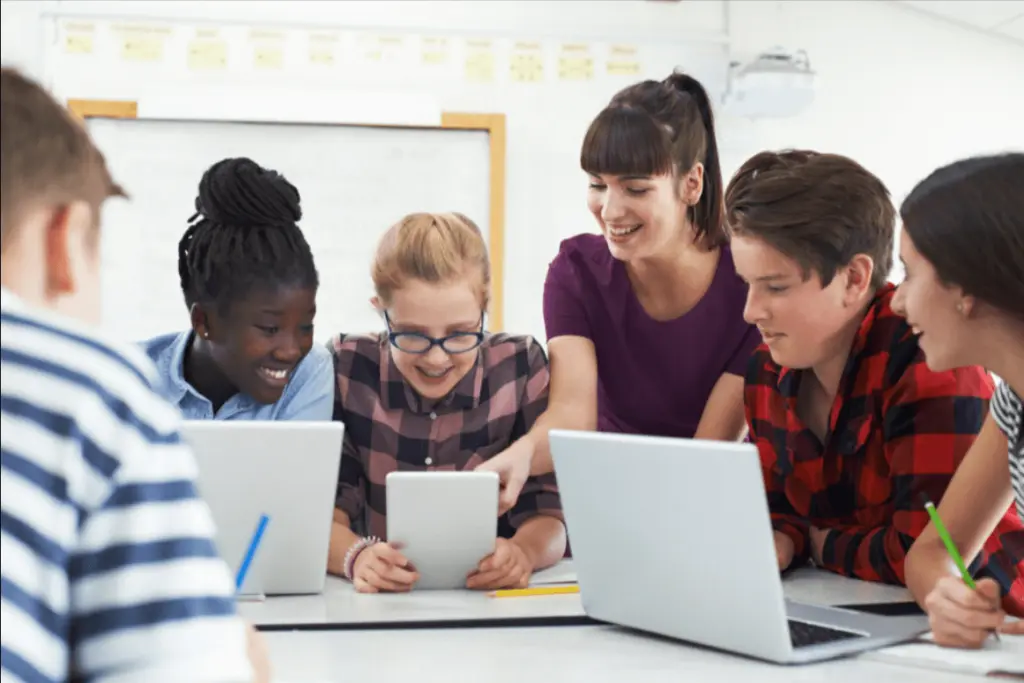We cannot avoid the inevitable, which has a lot to do with how new technologies are affecting the education of millions of children around the world. New technologies have entered homes and also the lives of millions of people. This is inevitable, and to move forward, you must adapt to it. How does technology affect student learning? Experts believe that new technologies are distracting for teaching and learning, and as a result, they are not suitable for use in the classroom. Some believe that technologies enhance the education level of a student. Let’s figure out where the truth is.
Device power
The reality is that new technologies are much more than just a resource if you know how to use them correctly. Teachers can harness the power (and motivation) of digital resources, applications, and tools to increase engagement, foster collaboration, drive innovation, and improve student learning in the education system. It must be remembered that educational technologies by themselves do not teach and do not allow learning effectively. This requires a guide (teacher or educator) and a goal (educational goal). In addition to this, its use requires effort and strategy to use it effectively as a tool or teaching material. With good intentions and good objectives, new technologies can have a large positive impact on student learning in the classroom. When used correctly, teachers and educators can make the most of this resource because it not only motivates students but also helps to advance their learning as new technologies are increasingly integrated into society.
How new technologies affect education
We will tell you about some of the impacts that new technologies are having on education and how teachers and students can benefit from them.
Also read about: How to Create a Funny Meme
Access to resources
The Internet means access to information at any time. You can find almost everything on the Internet, or, as a joke, many experts say: “If this is not on the Internet, it does not exist.” Students have access to all information on the Internet, which makes learning easier, but it is necessary to use this tool correctly so that students do not fall under the law of minimum effort. Guidelines are required so that students can develop their learning abilities. Students need instructions so they can find the resources they need and, above all, learn how to organize the information they find.
Online groups
Students can also benefit from online groups to complement their learning by interacting with others online and even joining virtual communities in real-time. They can also participate in group collaboration on projects using tools such as Wikipedia with an amount of storage in the cloud that more than one student can access with the correct registration data. Teachers can provide access to learning materials in the cloud or on a platform where students can access them. It will be easier and more convenient for students to progress in their learning, even when they are not in school, for example. Nowadays, blended learning is common in any educational center: a combination of classroom technology and face-to-face learning. As more and more schools are introducing technologies in education, students get a more effective way to learn. Technologies help to learn through practice, not just theory. Theory followed by practice always improves the learning of students of all ages.

